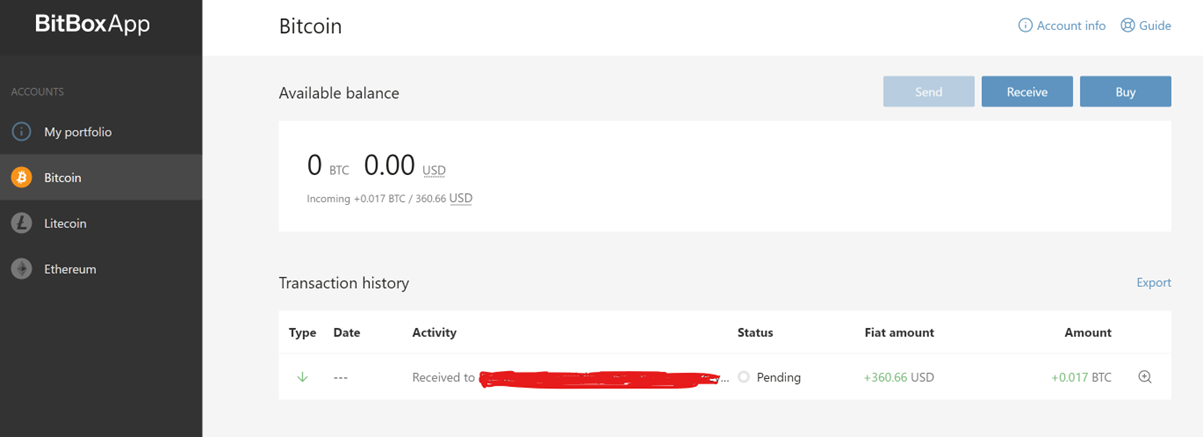This year has been brutal so far for the cryptocurrency markets. Among the bearish developments is a bunch of centralized entities filing for bankruptcy, the most important of which was Celsius. Against this backdrop, the mantra “not your keys, not your coins” rings truer than ever. As the contagion spreads across the industry, there is only one way to be absolutely sure that your Bitcoin (and other cryptocurrencies) is safe. And that’s for cold storage – something I warned you about the day the UST peg started to slip.
An $18B stablecoin can’t go poof without externalities popping up elsewhere For eg, #Bitcoin may be the world’s safest money, but only if you have your keys. Is your custodial lender definitely not attached to $UST? Could be more than Terra going under here, this is not over — Dan Ashmore (@DanniiAshmore) May 11, 2022
A few months later, we’re still not out of the woods, despite the initial wave of bankruptcies now in the back mirror – including Celsius, Voyager Digital, Three Arrows Capital. Today, I write a review of the BitBox02 hardware wallet. With the aim of making it as simple as possible, this will be an objective review of the portfolio outlining its pros and cons.
Table of Contents
Details and unboxing
Made by Switzerland-based Shift Crypto, the BitBox02 wallet retails for $128. The version I’m testing allows for the storage of various assets, including Bitcoin, Litecoin, Ethereum, and ERC-20 tokens. However, for you who are a Bitcoin Maxis, who would get sweaty palms just reading the word “Ethereum”, there is also a Bitcoin-only version produced. It sells for the same price of $128. In the box are several additives. Firstly, the wallet comes with a USB-C to USB-A adapter, so there’s no problem if your laptop is too old for the now-ubiquitous USB-C slots. It also comes with an extension cord, allowing you to connect the device to your laptop while holding it in your hand, connected to the laptop via the cable. This is far from necessary, but it is a good option. Finally, there’s a clasp that lets you clip your device to a key chain, belt, or whatever you want. There is also a microSD card in addition to the hardware wallet itself. Oh, and don’t forget the Bitcoin stickers!
How to use BitBox02
First, I downloaded the app from https://shiftcrypto.ch/app/. Then I inserted the microSD backup card into the device. The purpose of the microSD card is to backup your wallet in case of loss or damage. There’s also a great but simple feature to set a universal 2FA option, a little bit of security. On the application screen, I clicked “Install Firmware”. Also, a nice touch – you can click “flip screen” and it flips the screen on the wallet, making it easy to read (I only have one USB-C slot on one side of my laptop). Then you verify that the code in your BitBox matches the one on your laptop screen. I pressed “Create wallet”.
I am required to enter a password. To do this, you use invisible touch sensors on each side of the device. This is a really cool feature, and probably the highlight of the wallet. You can tap, swipe and hold the sensors to perform all actions on the device. It adds a nice futuristic feel to the whole thing. When setting the password, it takes a little time to work the sensors as you have to click each button several times. So there was a bit of poking and it’s quite tedious. However, the process is intuitive and gets easier once you get used to the settings. In addition to the password – which is manageable – the sensors work very well.
using the device
The app’s options are great. I can set a 2FA, manage my backups, see my wallet balances, see my transactions – all the basics, in other words. It’s minimalistic and easy to navigate, which for a wallet is all I really need – I don’t need my cold storage wallet to have a glossy interface on par with the best-built websites on the internet.
I then send some Bitcoins to my device by scanning the QR code easily in the app. Unfortunately for me, it’s the Bitcoin left over from my recent trip to El Salvador – perhaps I was too ambitious with my expectations of how many merchants would accept Bitcoin there – but I can’t blame BitBox for that, can I? So my $360 worth of Bitcoin goes to the hardware wallet.

Once there, I send it back out of the device, just so I can tell my dear readers what it’s like to take it out too (the things I do for you!). And well, it’s… easy. There’s not much to say. You type the transaction and then, through the touch sensors on the device, you hold the (invisible) buttons to sign the transaction. That’s all there is to it.
pros
Nice screen makes it very easy to use Comes with USB-C, USB-A adaptability Comes with a backup memory card Excellent 2FA options The app provides everything you need to know to configure easily even for crypto noobies
cons
Far from being a problem, but setting the passcode is a bit tedious on touch sensors
Verdict
BitBox02 doesn’t do much, but it does everything it should. It stores your Bitcoin well. It’s simple to set up, even for those with no prior knowledge (I tested this with my friend, who said the startup guide was excellent). Signing transactions couldn’t be easier. The microSD card backup option (which is completely optional) is also great. And the 2FA option is something I love. In closing, at a price of $128, this wallet does exactly what it needs to do and I really can’t think of anything that would stop people buying it. In the current climate, owning your coins is vital if you intend to hold them for a long period of time or own a significant amount. Against the numerous potential downsides of not storing your coins cold, a $128 investment and 10 minutes of your time to set it up are drops in the ocean. Of course, if you only hold a small amount or don’t expect to keep your cryptocurrency for a long time, more secure exchanges are fine. But otherwise cold storage is just safer, easier and more sensible. BitBox02 was built for just that – and it delivers. Finally, it’s open source, which is nice. And congratulations to those who decided to include stickers in the box!

